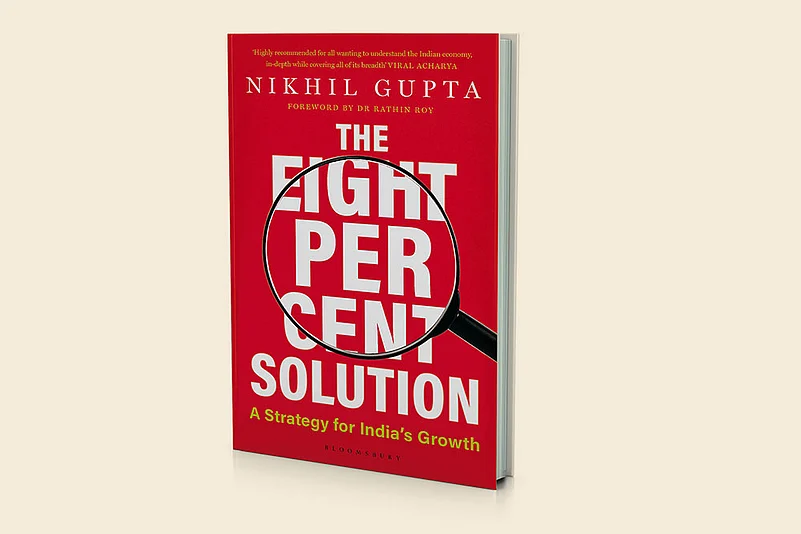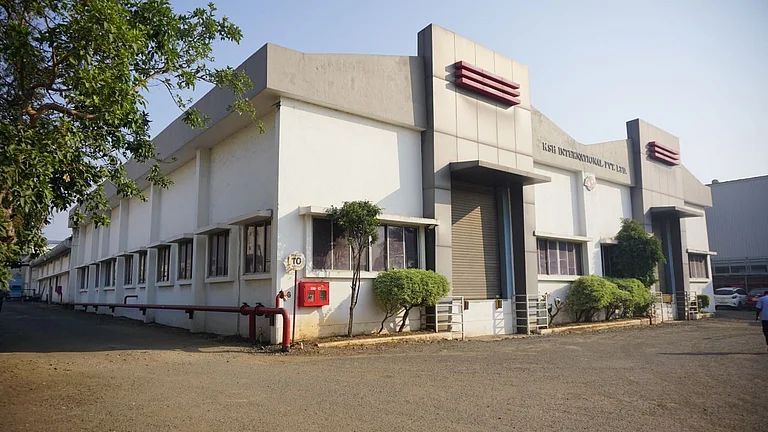Public finances are one of the most researched segments in the Indian economy. No other macroeconomic event gets as much attention as the Union Budget, currently announced on the first day of February each year. Since actual policies can be announced on any day of the year, the exclusivity of the Union Budget has fallen over the years. Data shows that the bigger action happens through the state governments, which rarely gets as much attention.
Including the transfers and devolution of taxes by the GoI (or the Union government) to the state governments, the states together account for about 60 per cent of all government receipts (excluding borrowings or debt receipts) collected in the country. Consequently, the total expenditure of all the state governments is also around 60 per cent of all government spending. Total spending by the general government, that is, the Centre and state governments, amounted to Rs 53.9 tn (or 26.8 per cent of GDP) in FY20, of which only 40 per cent, amounting to Rs 21.5 tn (or 10.7 per cent of GDP) was spent by the GoI and the remaining 60 per cent by the states. In spite of this, state Budgets do not get as much attention as received by the Union Budget. Subsequent analyses of India’s fiscal policy The Government Sector 153 are also largely based on the data released by the GoI on a monthly basis. Such analyses can be highly misleading, and it reflects lazy (or ignorant) analysis on the part of us economists. Unlike the Union Budget, the documents for which are easily and conveniently available at one place in proper order, it is a mammoth task to maintain and follow the annual Budgets of the country’s twenty-eight states and eight Union Territories (UTs). The only exhaustive annual study on state finances is released by the RBI, but it is available with a lag of almost eighteen months—actual accounts for FY21 was available in the publication released in January 2023 with revised estimates for FY22 (FY22RE) and Budget estimates for FY23 (FY23BE).
The task is further complicated because monthly data for the states/UTs is not available on a fixed schedule or in a uniform manner. However, the monthly reporting on states’ finances has improved dramatically in the past few years. Just like the controller general of accounts (CGA) publishes monthly data on the Centre’s finances, the comptroller and auditor general (CAG) of India produces monthly data on most Indian states except Goa, that is, for more than 93 per cent of all states (data for the UT of Delhi is also not available on a monthly basis).
To understand the quality of government spending, state government finances are more relevant because the GoI transfers grants to the states (amounting to Rs 5.3 tn in FY20, which increased to Rs 6.4 tn in FY21), which are spent by state governments through allocations to various departments/ ministries.
A comprehensive analysis of the general government (or government, hereafter) has become even more important after the introduction of the goods and services tax (GST) in India with effect from 1 July 2017. States were assured of 14 per cent compounded growth over the base year 2015–16 for loss of revenue arising on account of GST implementation for a period of five years ending June 2022. Therefore, the GoI levied a ‘compensation cess’ on certain GST items, which is eventually credited to the Compensation Fund for apportioning to states once every two months. However, in the wake of the COVID-19 pandemic, there was a large shortfall in the Compensation Fund, which increased the gap between the guaranteed and actual receipts of states. To meet the shortfall in GST compensation to be paid to the states, the GoI borrowed Rs 1.1 tn from the market under the special window in FY21 and passed it on to the states as loans. The Centre borrowed another Rs 1.59 tn under the special window in FY22 and passed it on to states as back-to-back loans in tranches.
As GST collections posted strong growth in FY22, which continued into FY23, the GoI released the entire amount of GST compensation payable to states (Rs 869 bn) up to 31 May 2022 on 31 May 2022. On 25 November 2022, the government released an additional amount of Rs 170 bn towards the balance GST compensation for the period April to June 2022.
Since there were some months when the GoI did not clear its entire dues to the states, a standalone analysis of the GoI finances would overestimate fiscal spending in the country because a part of that spending should ideally have been transferred to the states on account of the GST shortfall. When the GoI spent the money that should have been allocated to the states, it curtailed the ability of the states to grow their spending. Therefore, only an inclusive analysis will help us understand the true picture.
In this chapter, therefore, the combined finances of the government—the Centre and state governments together—are analysed to understand the true fiscal policy in India. Four broad topics are covered in this chapter. The role of government spending in India has increased in recent years and its contribution to real GDP growth has also risen.
***

Bookmarked
Take a look at what’s new in the business section of Amazon’s bookshelf
Busted
Ashok Soota, Peter de Jager, Sandhya Mendonca (Aug. 2023)
The book focuses on commonly accepted management principles and explains why these cannot be accepted as universal truths. It nudges readers to question, test and validate advices.
Unlocking Unicorn Secrets
Kushal Lodha, Ishan Sharma (August 2023)
The book captures entrepreneurial journeys of some of India’s new-age founders and the challenges they faced. It covers themes like developing an idea, building out the minimum viable product, setting up the founding team, raising funds, etc.
Upgrade
Priyesh Khanna, Alasdair Ross (July 2023)
The authors provide easy-to-apply methods for growth that can help people stand out from the crowd. These methods and exercises extend across professions and are aimed at strengthening key habits, mindsets and actions of highly successful corporate performers.
Karma Sutras
Debshis Chatterjee (July 2023)
Karma Sutras decodes the secrets of effective leadership in uncertain times. It has management mantras from thought leaders and gives lessons in the art of effective followership.
























